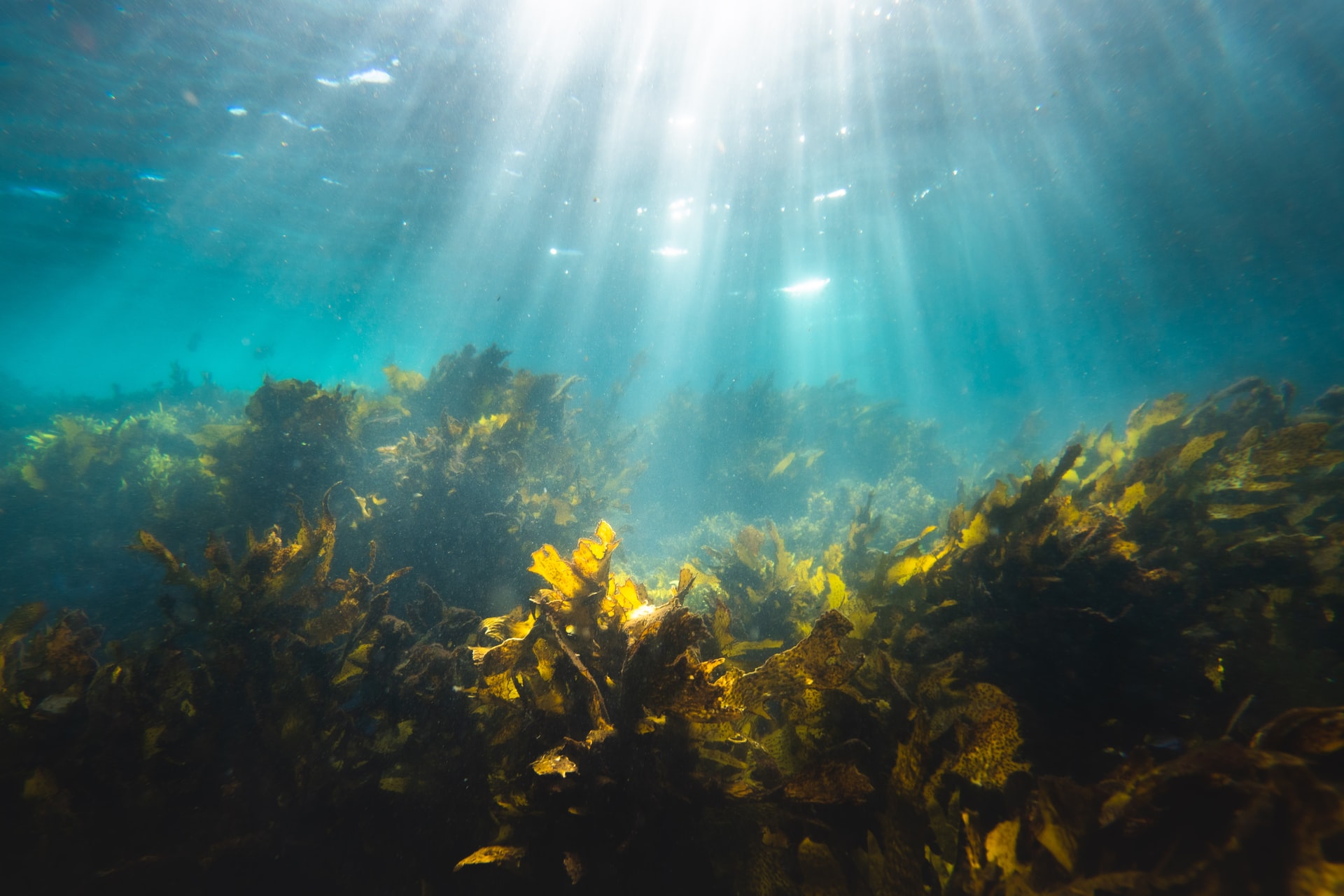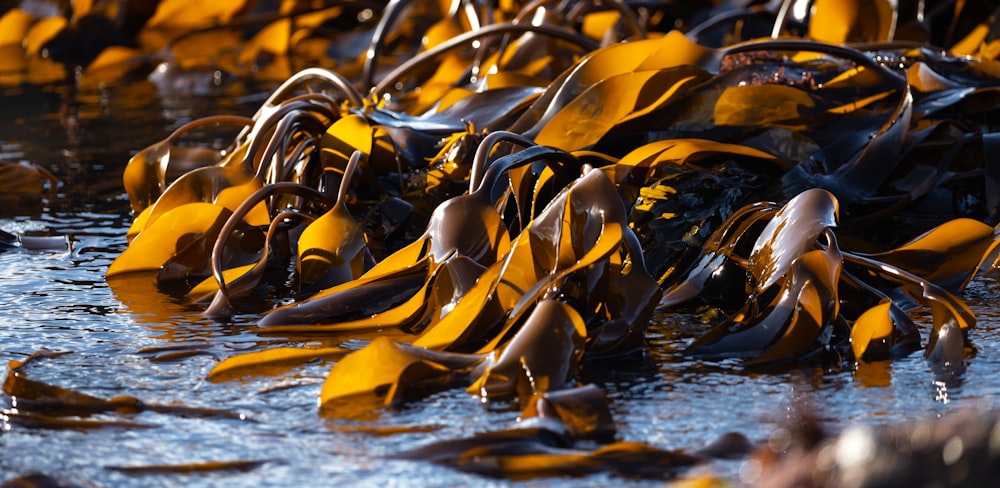Is Seaweed the Next Great Packaging Solution?

Seaweed: you love it or you hate it, depending on what you’re doing. I always disliked walking on it on the beach, and I’m not the biggest fan of eating it either, but a lot of people really enjoy it in various formats. One format I can get behind? Using seaweed to #MakeBetter packaging.
Currently, several companies are exploring seaweed as a packaging material, such as Notpla, Just Eat, and Kelpn. The most recent company to join the list? DS Smith.
Planet-Friendly Packaging Solutions
DS Smith is a packaging company. While they’re based in London, they operate in thirty different countries and employ over thirty thousand people. They’re not just any packaging company though; they focus on sustainable packaging, with one of their goals being to manufacture only reusable or recyclable products by 2023. Their other goals? Optimize fiber use for every supply chain, reduce their carbon emissions by 30%, educate young people in circular economics, and replace problem plastics all by 2030.
Part of how they’re reaching these goals is by being Europe’s largest cardboard and paper recycler, and through a 14-day box-to-box recycling system.

As part of their commitment towards a better future, DS Smith has a $137 million circular economy research and development program, which includes research regarding seaweed packaging. Part of their research is how to use seaweed fiber across their packaging line, and as a worldwide packaging line, it could be a game-changer for other packaging companies. As DS Smith researches and implements their changes, it could encourage other large packaging companies to do the same, especially after said companies see the financial benefits.
Seaweed: An Alternative to Plastic Packaging
Turns out, seaweed makes great packaging. While current packaging ideas focus on single use containers, it’s already popping up around the globe.
One company in particular, Notpla, makes single-use containers out of seaweed including Ohoo, which is edible and can be used to package beverages and condiments. They also use it to line take-out containers and considering take-out containers without lining tend to fall apart before you can even eat your food, it’s a great way to make take out better for the planet.

SoluBlue is another company researching seaweed packaging and while their packaging doesn’t hold liquids, it does help keep foods fresh longer and can be used as animal feed.
And the great thing about seaweed? How good for the planet it is. Seaweed can grow up to one meter a day without special fertilizers or freshwater, and it helps keep the oceans healthy by helping de-acidify them, which helps marine species around the globe.
So, luckily, it could be very soon that we’re seeing seaweed packaging all around us, and that’s a form of seaweed I can get behind.


That is a great tip particularly to those fresh to the blogosphere. Simple but very accurate info… Appreciate your sharing this one. A must read article!